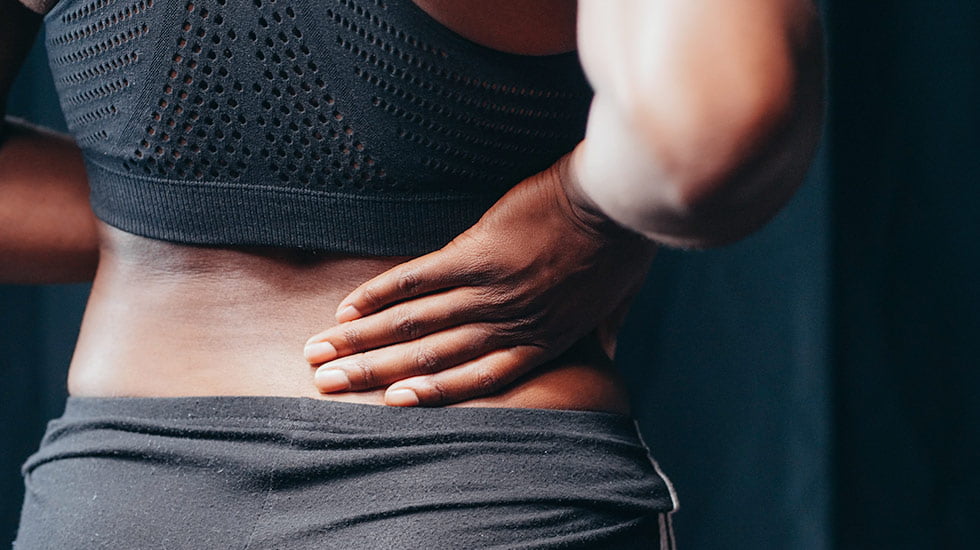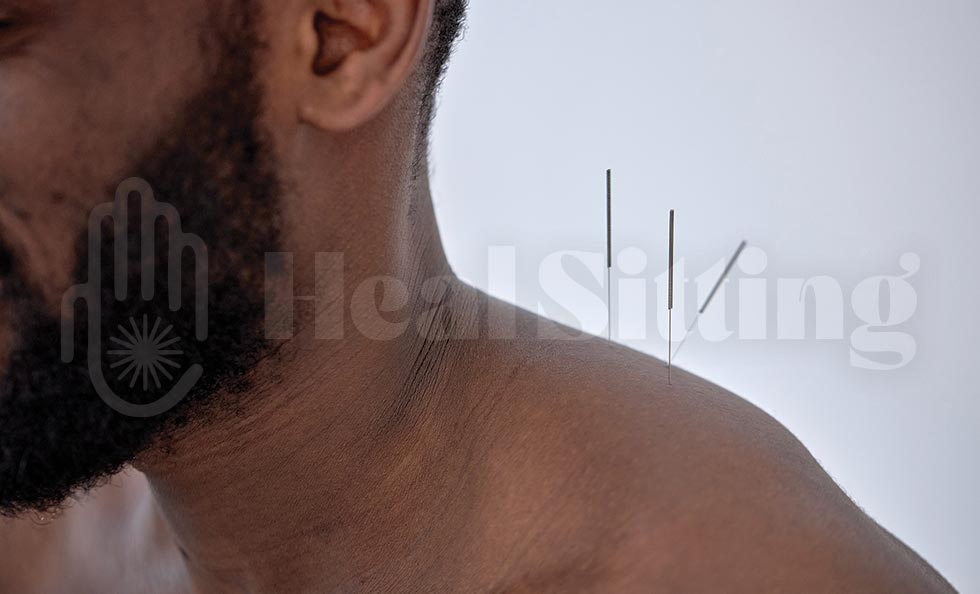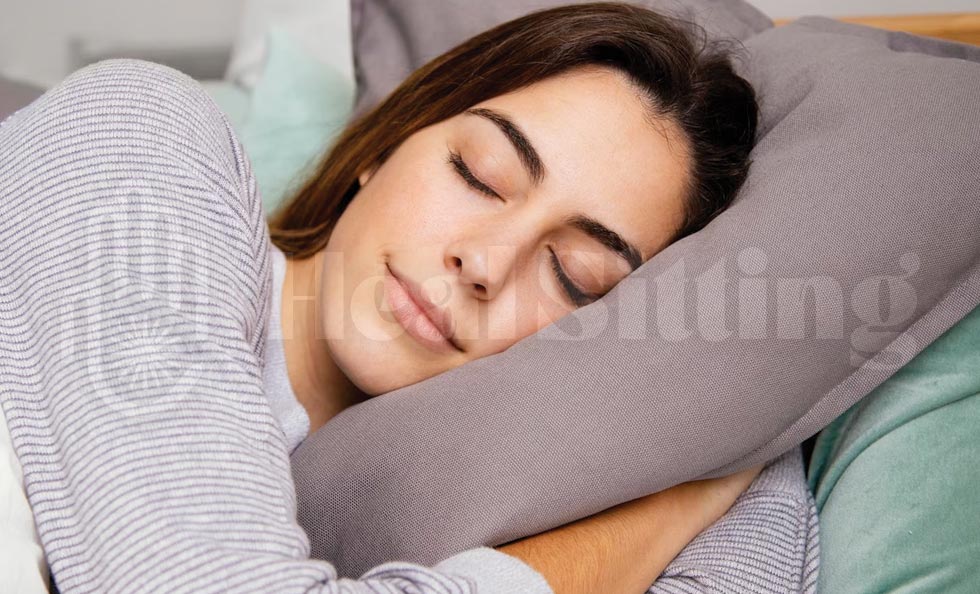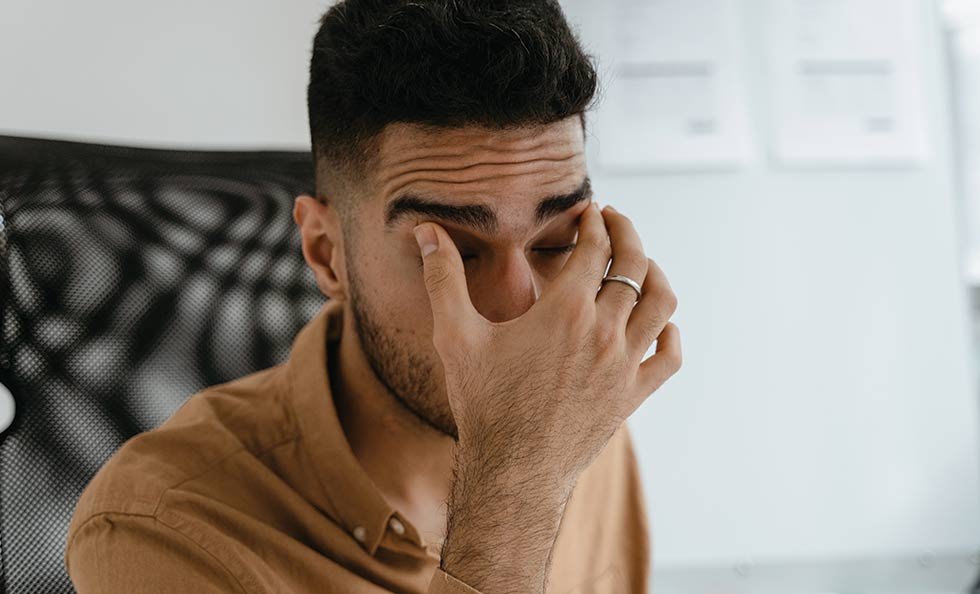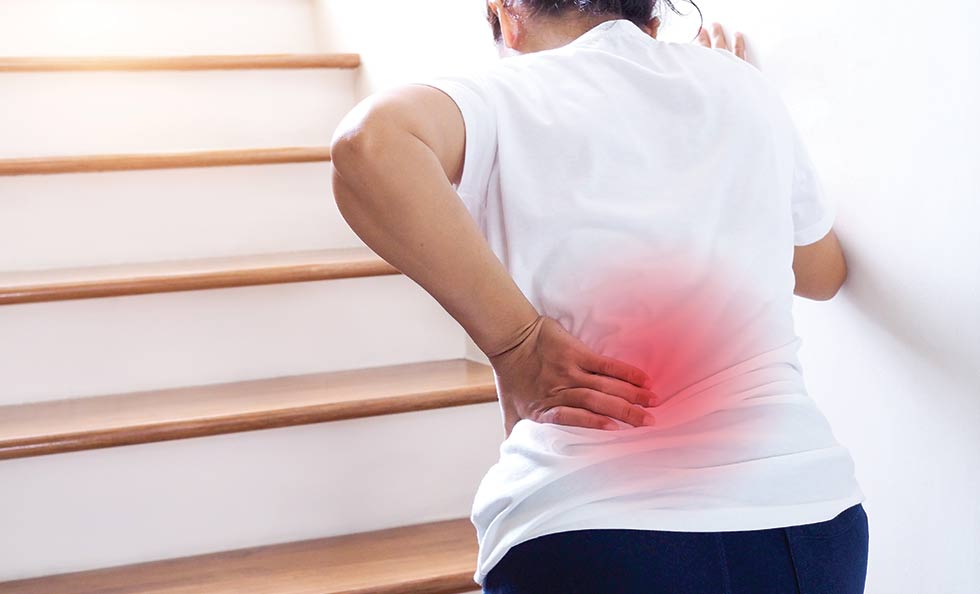The classic treatment for a pinched sciatic nerve involves diagnosis and prescription of medication. But it is not always necessary to be limited to taking painkillers. Here are 10 simple ways to really help relieve pain caused by the sciatic nerve.
The most common health complaints among people “over 40” are related to the musculoskeletal system. Unfortunately, the body wears out over the years. Therefore, if you do not take appropriate measures, the situation only worsens. But the problem may lie not in the bones at all. Medics call sciatica (also known as sciatica) a fairly common cause of pain in the lower extremities. The disease affects the sciatic nerve, which is responsible for the innervation of the legs. As a result, their sensitivity is reduced and their movement is impaired.
10 ways to get rid of sciatic nerve pain
The sciatic nerve starts from the spinal cord and, running along the lower body, goes all the way to the heel. The pain when the sciatic nerve is pinched is unusually severe.
In medicine, the very term “pinched sciatic nerve” (also called sciatica) refers to the loss of flexibility in the muscles of the hind leg.
The classical treatment for a pinched sciatic nerve involves diagnosis and prescription of medication. But it is not always necessary to be limited to taking painkillers. Here are 10 ways to really help relieve pain caused by the sciatic nerve.
1. Cat pose
Take the initial position: stand on all fours, and place your palms exactly under your shoulders, and your knees exactly under your hips.
The technique of execution:
- On the inhale, you need to raise your head and try to look at the ceiling, while lowering your stomach to the bottom.
- As you exhale one should put the head down and look at the hips, arching the backup.
- Repeat the exercise 15-20 times.
Cat pose improves the flexibility of the spine and helps straighten the hips, strengthening the cortex muscles.
2. Stretch the hamstring
Take the starting position: sit on the floor, stretching your legs forward. Bend the right leg in the knee, placing the foot on the inside of the left thigh.
The technique of execution:
- Without bending the left knee, reach with your hands to the left foot, bending as low as possible.
- Stay in this position for 15-30 seconds and return to the starting position.
- Execute 3 times for each leg.
This kind of stretching activates the back muscles of the hips and helps to relieve pain and tension.
3. Dog pose
Take the initial position: stand on all fours, placing the palms exactly under the shoulders, and the knees exactly under the hips.
The technique of execution:
- Without moving your back and pelvis, extend your right arm forward and extend your left leg backward.
- Hold for a second and then return to the starting position.
- Repeat the exercise the other way.
- Do it 10-15 times.
This exercise corrects posture, removes pressure on the lower back, and strengthens the gluteal muscles.
4. Stretching “butterfly”
- Place your hands on your bent knees and slowly and gently press them to the floor.
- Simultaneously bend forward, trying to touch the legs with your chest.
- Stay in this position for 10-20 seconds.
5. Vinegar bath for feet
Pour warmed water into a bowl (a basin will do) about one hour before going to sleep, add 500 ml of apple cider vinegar and one cup of table salt. Stir everything thoroughly. Salt should dissolve completely. Dip your feet into the vinegar-salt solution and hold your feet in the basin for 10-15 minutes. Then wipe dry with a towel and let your feet stay warm all night. In the morning, you should not get out of bed barefoot and it is not recommended to walk barefoot.
If you do this procedure 3-4 times a week, you will feel a noticeable reduction in pain. This is because apple cider vinegar has an anti-inflammatory effect.
6. Acupuncture
Practical experience in treating sciatic nerve inflammation tells us that acupuncture is quite good at treating sciatica (as opposed to various anti-inflammatory medications). The ancient Chinese practice of acupuncture is quite safe, it does not often cause side effects.
7. Ice compresses or hot-water bottles
In general, ice compresses are practiced not only to remove inflammation due to a pinched sciatic nerve but also to blunt excruciating pain. At the same time, the heating is beneficial in loosening the muscle around the nerve and reducing the pressure on it. Any compress (whether cold or hot) lasts 15-20 minutes. If necessary, it can be repeated every 2 hours.
Basic rules:
- Ice compresses should be applied in the first 2-3 days of acute symptoms. In a later period, it is recommended to use warmers.
- Hot compresses should be applied before any physical activity, in order to warm the muscles and restore good blood circulation to the area.
- Ice and cold compresses should be applied after physical activity. This is done in order to soothe the area of inflammation.
- Use the heating pad while you are sitting, until the minute you have to get up. This way you can prepare your muscles for movement.
- Taking a warm bath helps relieve muscle tension.
8. Physical activity
If you want to avoid sciatica, do not sit for long periods of time (several hours) without movement. Spending long periods of time in front of the television or sitting at the computer is not good for you.
Therefore, even if you are not a fan of exercise and sports, try to alternate periods of “sitting” with walking or lying down. Quiet daily walks are good for blood flow to the nerve and reduce inflammation.
9. Posture
If you are in a sitting position, always find support for your back and put your feet flat on the floor. To do this, choose a chair or armchair with lumbar support, comfortable armrests, and a base. You can raise your legs a little by placing them on a low surface (such as a book). This will help to reduce the pressure on the spine during long sitting.
If you have to stand for a long time, periodically place one leg on a stool or stand.
10. Comfortable sleeping posture
If you are bothered by sciatic nerve pain, the most advantageous sleeping position is on your back. In order to relieve pressure on the nerve, lift your knees and put a pillow or a small blanket under them.
If you are used to sleeping on your side: bend that knee, which is located above, pull it up, and put a pillow under it, so it will be more convenient to level your hips.
Take note of these 11 simple rules. Don’t suffer and endure pain and discomfort. Take action: try the suggested exercises, take the right sitting posture, and practice acupuncture, massage, and compresses. And, of course, take more walks. And then you will feel the pain go away.
* These articles are for informational and educational purposes only and are not intended as a substitute for professional medical advice, diagnosis, or treatment. Always consult your physician for any questions you may have about your medical condition.
A pinched sciatic nerve: relieve pain in 1 minute
